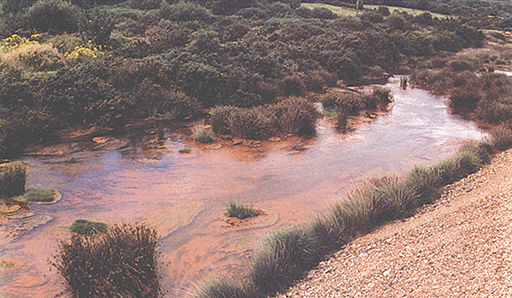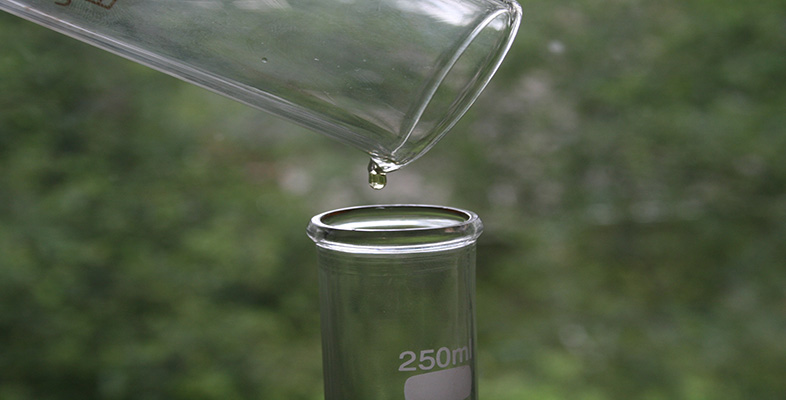2.4 Organic and inorganic chemicals
Organic and inorganic chemicals can become pollutants when they are washed into rivers, lakes or the sea. Some of the chemicals are toxic, depending on their concentrations. Toxic organic substances include agricultural pesticides such as dichlorodiphenyltrichloroethane (DDT) and dimethyl mercury and also polychlorinated biphenyls (PCBs), which are byproducts of the plastics industry. DDT and PCBs are particularly dangerous as they are very stable and not biodegradable, so they can accumulate in water and in living organisms. Because of this, the use of DDT is now banned in most industrialised countries, although it is still used in some developing ones as it is a cheap and effective pesticide. Toxic inorganic substances include salts of the metals copper, silver, lead, gold, nickel, chromium, zinc, cadmium and mercury, and the metalloid arsenic. Many of these are toxic even at low concentrations: less than 1mg l-1. Most are wastes from industrial processes or mining (Figure 9).

